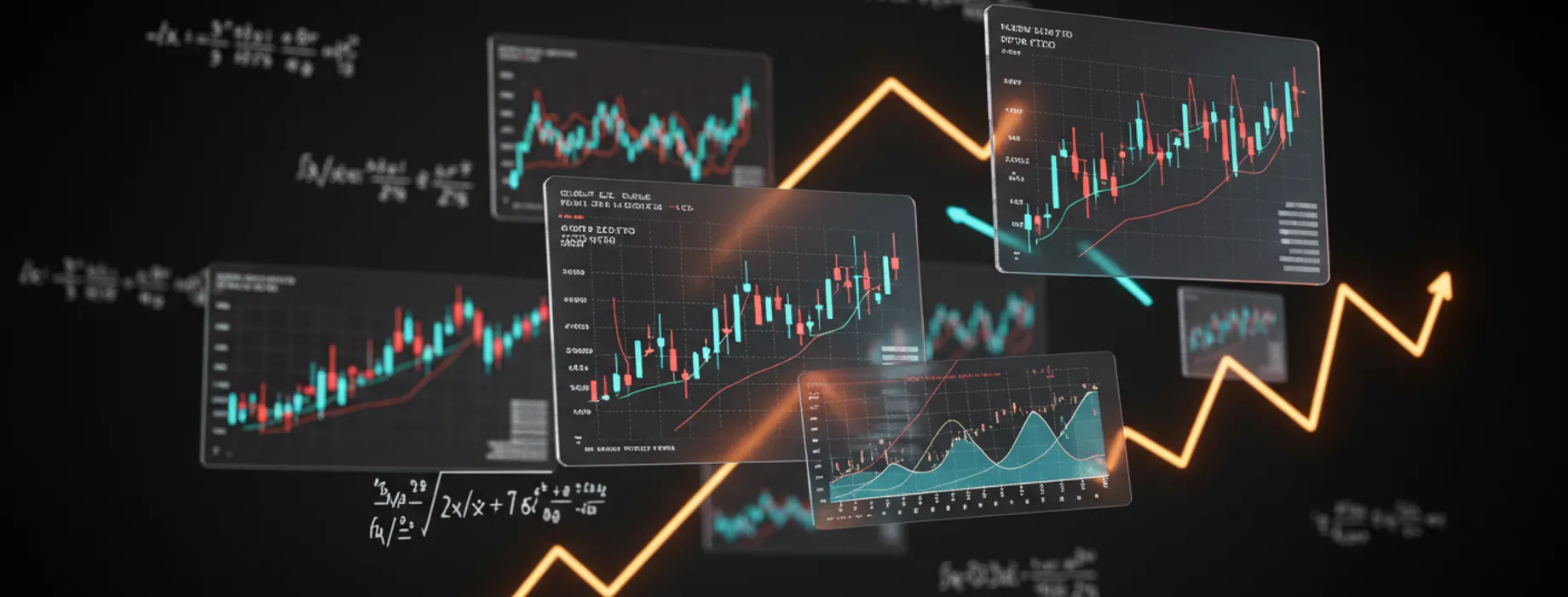- Major pairs (includes USD and another major currency)
- Minor pairs (major currencies excluding USD)
- Exotic pairs (major currency with emerging market currency)
- Regional pairs (currencies from same geographic region)
Understanding Forex Trading Terms: The Trader's Vocabulary

Entering the forex market requires understanding specific terminology. Knowing forex trading terms is crucial for both newcomers and experienced traders. This article explains key forex trading terminology to help you navigate trading decisions with greater clarity and confidence.
Basic Forex Trading Terms Every Trader Should Know
The forex market has its own language. Learning these forex trading terms helps new traders avoid confusion and make more informed decisions. Platforms like Pocket Option provide tools that utilize these terms in their interface, making familiarity essential.
| Term | Definition |
|---|---|
| Pip | The smallest price movement in a currency pair, typically the fourth decimal place |
| Lot | Standard unit of trading (100,000 units of base currency) |
| Spread | Difference between bid and ask price |
| Leverage | Borrowed capital to increase potential returns |
Understanding these basic forex trading terminology elements creates a foundation for more advanced concepts. Many traders begin by memorizing these terms before advancing to more complex strategies.
Currency Pair Classifications
Currency pairs form the backbone of forex trading. They are categorized based on trading volume and regional importance:
| Classification | Examples | Characteristics |
|---|---|---|
| Major Pairs | EUR/USD, USD/JPY | High liquidity, lower spreads |
| Minor Pairs | EUR/GBP, EUR/JPY | Good liquidity, moderate spreads |
| Exotic Pairs | USD/TRY, EUR/ZAR | Lower liquidity, higher spreads |
Order Types in Forex Trading
Orders allow traders to enter and exit positions according to their strategy. Keywords forex trading platforms use include:
- Market orders (execute at current market price)
- Limit orders (execute at specified price or better)
- Stop orders (activate when price reaches trigger level)
- Stop-loss orders (limit potential losses)
- Take-profit orders (secure profits at predetermined level)
| Order Type | Purpose |
|---|---|
| Market Order | Immediate execution at best available price |
| Limit Order | Buy below market or sell above market at specific price |
| Stop-Loss | Automatically exit position to prevent further losses |
Risk Management Terms
Risk management represents a critical aspect of forex trading. Important forex trading terms and definitions related to risk include:
- Margin (collateral required to open positions)
- Margin call (broker request for additional funds)
- Drawdown (reduction in account value from peak)
- Risk-reward ratio (potential profit vs. potential loss)
| Term | Definition | Importance |
|---|---|---|
| Margin | Percentage of position value required as collateral | Determines position sizing capabilities |
| Margin Call | Warning that account equity has fallen below maintenance margin | Signal to deposit funds or close positions |
| Drawdown | Percentage decline from peak account balance | Measures risk management effectiveness |
Analysis Methodology Terms
Traders use different analytical approaches. The forex trading terminology includes:
- Technical analysis (chart patterns, indicators)
- Fundamental analysis (economic data, news events)
- Sentiment analysis (market psychology, positioning)
| Analysis Type | Focus | Common Tools |
|---|---|---|
| Technical | Price patterns and historical data | Moving averages, RSI, MACD |
| Fundamental | Economic factors affecting currency values | GDP reports, interest rates, employment data |
| Sentiment | Market psychology and positioning | COT reports, retail positioning data |
Pocket Option and similar platforms integrate these analytical tools into their trading interfaces, making knowledge of these terms practical for daily trading activities.
Conclusion
Understanding forex trading terms creates a foundation for successful trading. These concepts form the language traders use to communicate strategies and analyze market conditions. By mastering this vocabulary, traders can better navigate platforms like Pocket Option and make more informed decisions. Remember that continuous learning remains an important part of trading development.
FAQ
What are the most important forex trading terms for beginners?
Beginners should first learn basic terms like pip, lot, spread, leverage, and margin. Understanding currency pairs (majors, minors, exotics) and basic order types (market, limit, stop-loss) provides a solid foundation for trading on platforms like Pocket Option.
How do forex trading terms differ from stock trading terminology?
While some concepts overlap, forex has unique terms like pip (instead of points), lot sizes specific to currency volumes, and currency pairs instead of individual securities. Forex also emphasizes concepts like swap rates and rollover that aren't as prominent in stock trading.
Why is understanding forex trading terminology important?
Knowledge of proper terminology helps traders communicate with others, understand educational resources, and interpret market information correctly. Without understanding these terms, traders may misinterpret signals or trading platform functions, potentially leading to losses.
How can I practice using forex trading terms?
Demo accounts on platforms like Pocket Option allow you to practice using terminology in real market conditions without risking capital. Reading market analysis, participating in trading communities, and completing educational courses also reinforces terminology understanding.
Are forex trading terms and definitions standard across all platforms?
While core concepts remain consistent, some platforms may use slightly different terminology or have platform-specific features with unique names. It's advisable to review each platform's glossary when switching between trading services.